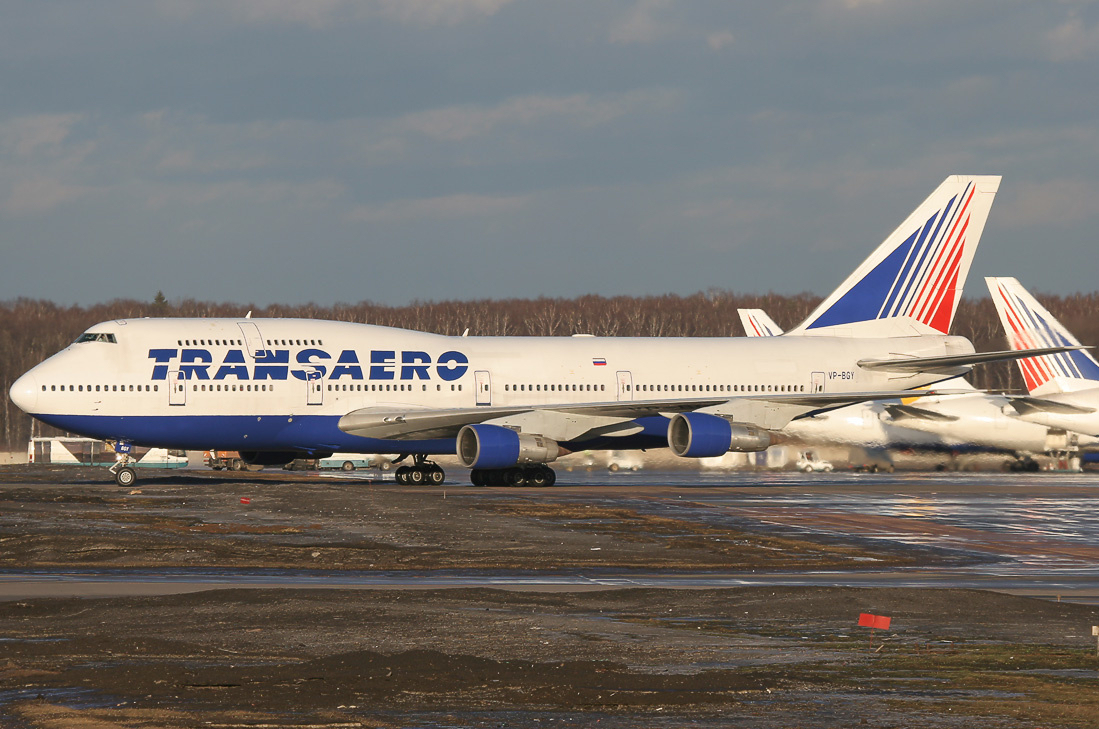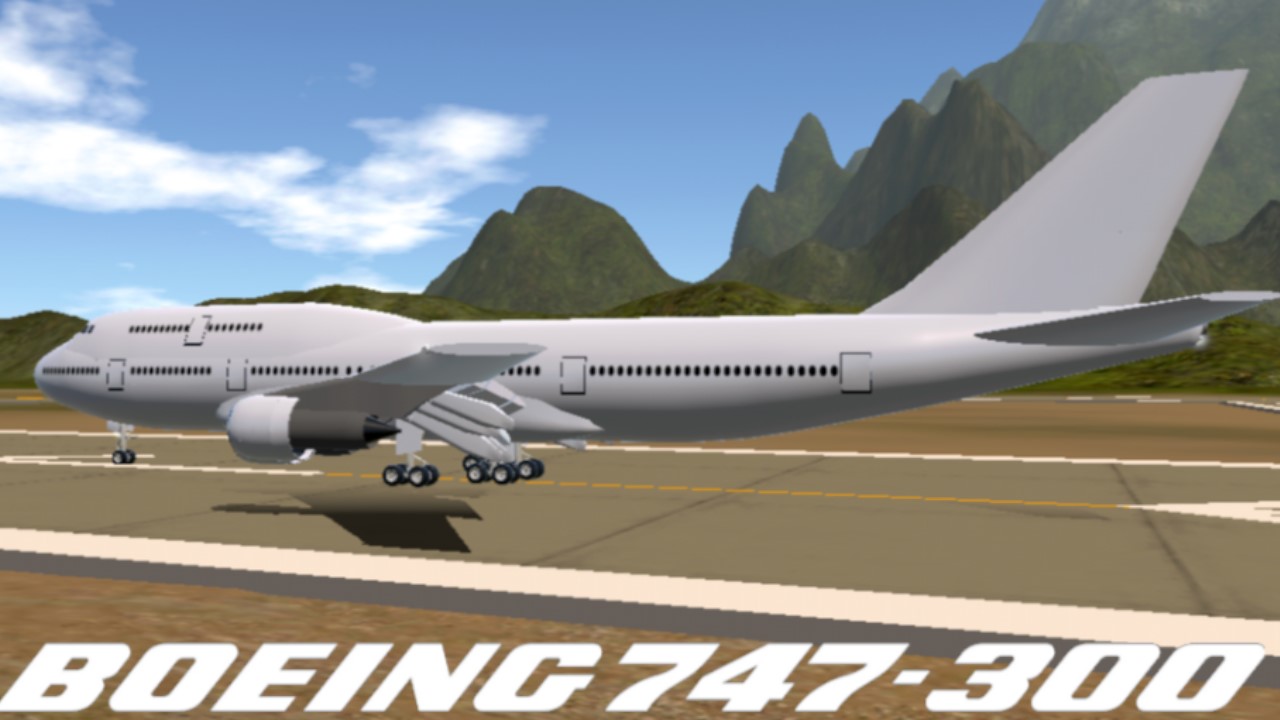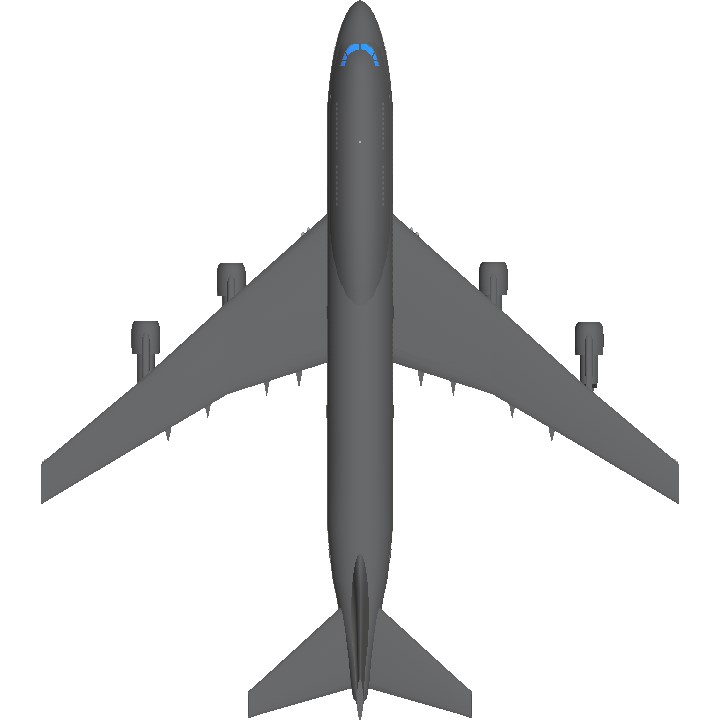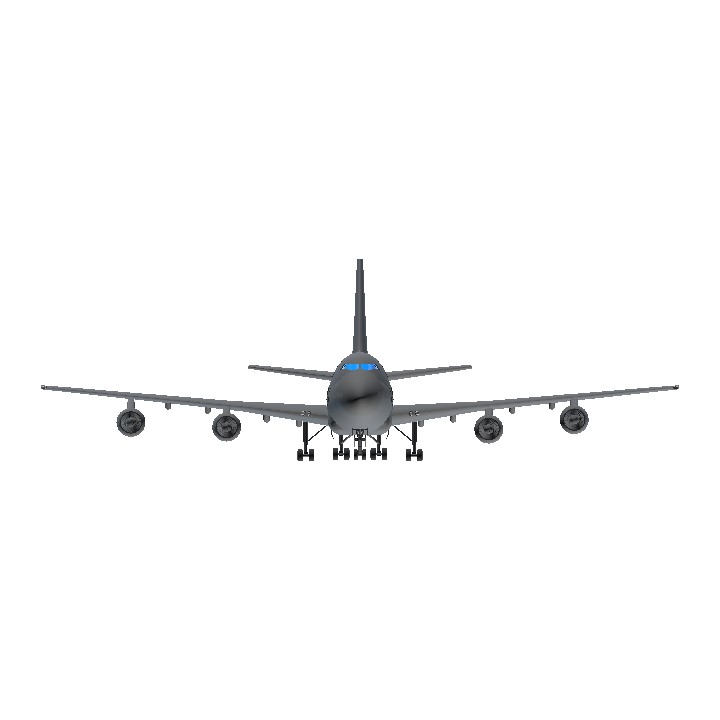747-100 variant
747-200 variant
747SP variant
About the Boeing 747-300
The 747-300 features a 23-foot-4-inch-longer (7.11 m) upper deck than the -200.[72] The stretched upper deck (SUD) has two emergency exit doors and is the most visible difference between the -300 and previous models.[169] After being made standard on the 747-300, the SUD was offered as a retrofit, and as an option to earlier variants still in-production. An example for a retrofit were two UTA -200 Combis being converted in 1986, and an example for the option were two brand-new JAL -100 aircraft (designated -100BSR SUD), the first of which was delivered on March 24, 1986.[70]:?68,?92?
The 747-300 introduced a new straight stairway to the upper deck, instead of a spiral staircase on earlier variants, which creates room above and below for more seats.[67] Minor aerodynamic changes allowed the -300's cruise speed to reach Mach 0.85 compared with Mach 0.84 on the -200 and -100 models, while retaining the same takeoff weight.[72] The -300 could be equipped with the same Pratt & Whitney and Rolls-Royce powerplants as on the -200, as well as updated General Electric CF6-80C2B1 engines.[67]
Swissair placed the first order for the 747-300 on June 11, 1980.[170] The variant revived the 747-300 designation, which had been previously used on a design study that did not reach production. The 747-300 first flew on October 5, 1982, and the type's first delivery went to Swissair on March 23, 1983.[38] In 1982, its unit cost was US$83M (262.1M today). Besides the passenger model, two other versions (-300M, -300SR) were produced. The 747-300M features cargo capacity on the rear portion of the main deck, similar to the -200M, but with the stretched upper deck it can carry more passengers.[154][171] The 747-300SR, a short range, high-capacity domestic model, was produced for Japanese markets with a maximum seating for 584.[172] No production freighter version of the 747-300 was built, but Boeing began modifications of used passenger -300 models into freighters in 2000.[173]
A total of 81 747-300 series aircraft were delivered, 56 for passenger use, 21 -300M and 4 -300SR versions.[174] In 1985, just two years after the -300 entered service, the type was superseded by the announcement of the more advanced 747-400.[175] The last 747-300 was delivered in September 1990 to Sabena.[67][176] While some -300 customers continued operating the type, several large carriers replaced their 747-300s with 747-400s. Air France, Air India, Japan Airlines, Pakistan International Airlines, and Qantas were some of the last major carriers to operate the 747-300. On December 29, 2008, Qantas flew its last scheduled 747-300 service, operating from Melbourne to Los Angeles via Auckland.[177] In July 2015, Pakistan International Airlines retired their final 747-300 after 30 years of service.[178] Mahan Air was the last passenger operator of the Boeing 747-300. In 2022, their last 747-300M was leased by Emtrasur Cargo. The 747-300M was later seized by the US Department of Justice and scrapped in 2024.[citation needed] As of 2024, TransAVIAExport, a Belarusian cargo airline operates one Boeing 747-300F.[citation needed] As of 2024, a former Saudia 747-300 is used for VVIP transport, operated by the Saudi Arabian Government.[citation needed]

A Transaero Boeing 747-300
The fate of the Boeing 747-300
In the end, just 23 airlines operated the Boeing 747-300. As of September 2024, just 2 747-300 aircraft are in service with the Saudi Arabian Government and TransAVIAexport Airlines

A South African Airways Boeing 747-300
Credits
Original aircraft made by Galactasia
Specifications
General Characteristics
- Predecessor B747-400[GE]
- Created On Android
- Wingspan 205.4ft (62.6m)
- Length 232.0ft (70.7m)
- Height 65.3ft (19.9m)
- Empty Weight N/A
- Loaded Weight 129,156lbs (58,584kg)
Performance
- Power/Weight Ratio 0.611
- Horse Power/Weight Ratio 0.092
- Wing Loading 17.9lbs/ft2 (87.6kg/m2)
- Wing Area 7,197.3ft2 (668.7m2)
- Drag Points 30028
Parts
- Number of Parts 602
- Control Surfaces 9
- Performance Cost 3,530




